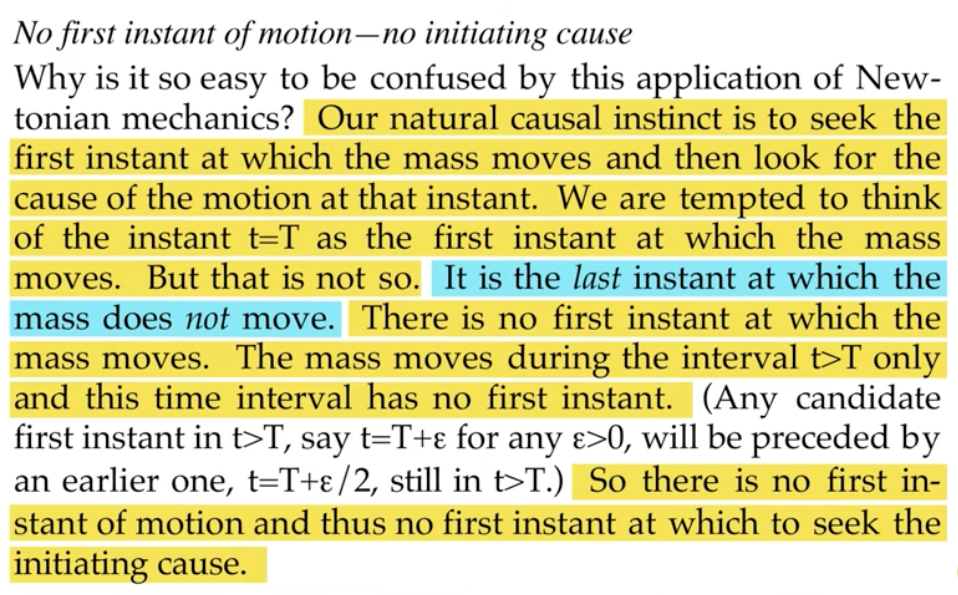this post was submitted on 26 Dec 2024
13 points (76.0% liked)
Science
13581 readers
7 users here now
Subscribe to see new publications and popular science coverage of current research on your homepage
founded 5 years ago
MODERATORS
you are viewing a single comment's thread
view the rest of the comments
view the rest of the comments

As a total amateur my instinctive response to the "unexpected" result is to validate that apply Newtonian physic is appropriate, and if not, we should look for an explanation at a level where the unexpected phenomenon becomes possible, aka non-Newtonian physics. We know that Newtonian physics works fine until we try to explain things at the atomic or subatomic level, or under extreme gravity, or close to the speed of light. Why not the same at extremely small points on a dome?
The dome used is the same shape as the graph she showed. The closer to zero you get on the graph the more vertical the line "looks", but with enough resolution in the data it becomes clear line is never vertical except at the starting position of zero. When you make a dome based on the same curve the zero point is so small that it falls into the realm of non-Newtonian physics where you run into uncertainty. I can't do the maths myself but I'm going to guess the zero point needs to be subatomic in size for the "unexpected" excitation event to have an impact. If true, and the zero point is too large, the ball is going to remain stationary until an explainable force acts on it.
I'm guessing the ball needs to be a perfect sphere. Does the maths incorrectly neglect the ball?
Edit - I feel like I used non-Newtonian wrong when I should have used quantum or something instead. But hopefully it made sense enough to see my point.
Yes, it is actually stated in the paper. This is a result about newtonian theory, not about real world physics
It's nothing so obvious given that plenty of people tried to point out holes in the logic. The issue is with the notion of causality and there being multiple possible future states that are all equally valid.
My point is, the zero point has to be so small it becomes subject to the uncertainty principle, which is not a Newtonian law. So while the maths might resolve to the unexpected excitation event it doesn't make sense in reality because we don't apply Newton's laws at the tiny point sizes needed here?
When you plug crazy small numbers into Newton's laws don't the answers stop making sense, so you have to use Einstein rather than Newton's physics?
So frequently, philosophy forces us to think about wonderful ideas that lead us to amazing realisations, but so often those same ideas breakdown when applied to reality. This is where physics steps in.
Thing is that we don't have a complete model of physics either. Whether universe is deterministic or not is still an open question, we don't know if quantum effects are a result of hidden variables or genuine randomness.